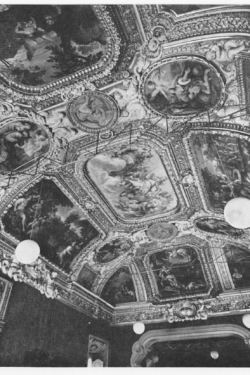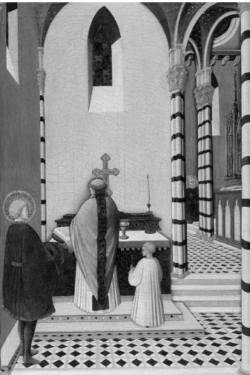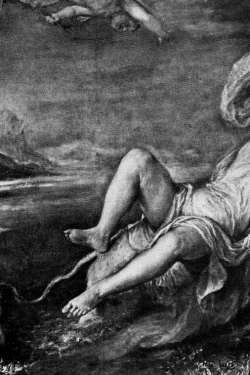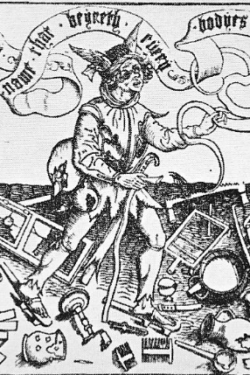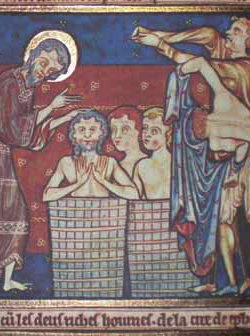Descrizione
Storia dell’arte 4, Ottobre – Dicembre 1969
Manfred F. Fischer
Columna rostrata C. Duilii
After the victory of the Holy Alliance over the Turks in the naval battle of Lepanto in 1571, Marcantonio Colonna, the admiral of the papal fleet, was acclaimed as a Nero and borne in triumph to Rome. Pius V desired that the « pomp » should not bear « too knightly a stamp » and all the mottoes and inscriptions for the celebrations were consequently designed to emphasise the new Christian interpretation of the triumph over a pagan people. In the course of a least offered by the Roman municipality in S. Maria d’Aracoeli, Marcantonio Colonna presented the Patroness of the church, the Virgin Mary, with a little silver rostral column surmounted by a reproduction of Michelangelo’s Cristo risorto in S. Maria sopra Minerva. The use of the rostral column is directly connected with an important archaeological discovery made in that period: in 1565, during the « excavations between the Arch of Septimius Severus and the Capitoline Hill » the inscription of the rostral column erected by the Romans in honour of the Consul C. Dulius during the Punic wars, after his naval victory at Carthage, carne to the surface, This inscription was already known through the works of Pliny. The discovery led in 1574 to the erection of a reproduction of the column of C. Duilius in the Palazzo dei Conservatori. It was carved by the sculptor Marchionne, who based his work on a coin o/ the Augustan age and on the famous antique « frieze of St. Lawrence »; this column was destroyed in 1929 when the Mussolini Museum was installed in the Palace. In addition to this reconstruction in marble a drawing was made of the column: this was used by O. Panvinio in 1571 to illustrate his book on ancient triumphs, then again by Lanfreri, with slight modifications, as an illustration to his Speculum romanae magnificentiae. These three Cinquecento reconstructions constitute the prototype of an iconographical tradition. The rostral column occurs as an illustration in guides to Rome, in archaeological descriptions of the Forum, in treatises on architecture, in commentaries on Pliny’s works, or in historical works, such as translations of Polybius. In addition to the three main prototypes three others may be identified, in which the monument appears with slight variations:
I – The illustrations in: A. della V accaria, Ornamenti di fabbriche antichi e moderni, 1600;
II – The illustration in Pompilio Totti’s Guide to Rome, published in 1627;
III – An illustration in the Cours d’architecture of D’Aviler.
All the innumerable subsequent reproductions of the monument were derived from these six models. After these remarks on the figurative tradition the essaist goes on to examine the various ways in which the monument has been taken up in later periods. The adoption of a rostral column has always implied the adoption in part of its iconographical significance. In the first piace, the artist could have recourse to this theme when he desired to identify an historical site while depicting some episode from Roman history. Secondly, it might be used in a more general manner, in order io symbolise the maritime nature of a kingdom or a city with an important port (St. Petersburg, Bordeaux, etc.). Thirdly, the rostral column could be adopted as a revival of its original function and be erected as a monument to the heroes of naval battles, (cf. the monument to A. Emo carved by Canova, the Orlov Column at Tsarskoie Selo, the monument to Tegetthoff in Wien, etc.). Finally, the monument has also been given the character of a national symbol: rostral columns have been erected for this purpose in more recent times, others have been transferred from one place to another or have even been destroyed. Polititcs are reflected not only in the monument itself, but have also influence upon its destiny.



